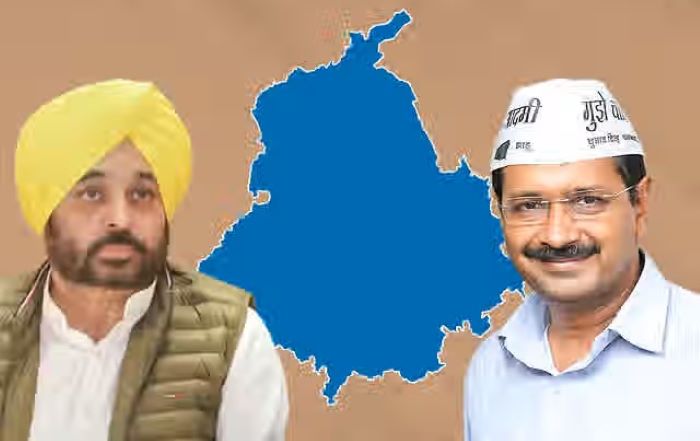 The Aam Aadmi Party (AAP) emerged with the promise of changing India’s political culture — a movement of ordinary citizens rising against corruption and elitism. However, over time, that vision appears to have drifted. The party, which once claimed to represent the voice of the common man, increasingly favors the wealthy, influential, and business-connected when it comes to nominations and key political appointments.
The Aam Aadmi Party (AAP) emerged with the promise of changing India’s political culture — a movement of ordinary citizens rising against corruption and elitism. However, over time, that vision appears to have drifted. The party, which once claimed to represent the voice of the common man, increasingly favors the wealthy, influential, and business-connected when it comes to nominations and key political appointments.
One of the primary reasons for this shift is the need for financial power. Modern politics demands massive resources — from campaigning and publicity to maintaining ground workers and social media outreach. AAP’s choice of rich candidates often secures access to these resources. Industrialists and businessmen can provide funding and connections that help the party remain competitive against traditional political giants like the Congress and BJP.
The second factor lies in the party’s attempt to project “credibility” through professional success. By nominating prominent entrepreneurs and industrialists, AAP leadership believes it can appeal to urban and middle-class voters who associate wealth and professional achievement with capability. This has, however, blurred the line between genuine public service and corporate-style politics.
A third reason is the growing centralization of power within AAP. Decisions about nominations and promotions now rest heavily with the top leadership, particularly Arvind Kejriwal. In this environment, loyalty, influence, and resources matter more than grassroots activism or long-term commitment to public causes. As a result, ordinary volunteers and early reformists find themselves sidelined.
AAP’s reliance on rich nominees is also a strategic attempt to build influence and connections across bureaucratic, business, and national power circles. Wealthy candidates often bring networks that can help the party navigate policy discussions or gain leverage at the central level — a move that may seem practical but undermines the moral foundation AAP was built upon.
Ultimately, this pattern reveals how far AAP has moved from its original identity as a movement of the “aam aadmi.” The party’s growing dependence on the wealthy reflects not just political pragmatism but a deep erosion of its founding ethos. What began as a people’s revolution is now at risk of becoming just another power structure — shaped not by ideals, but by money and influence.